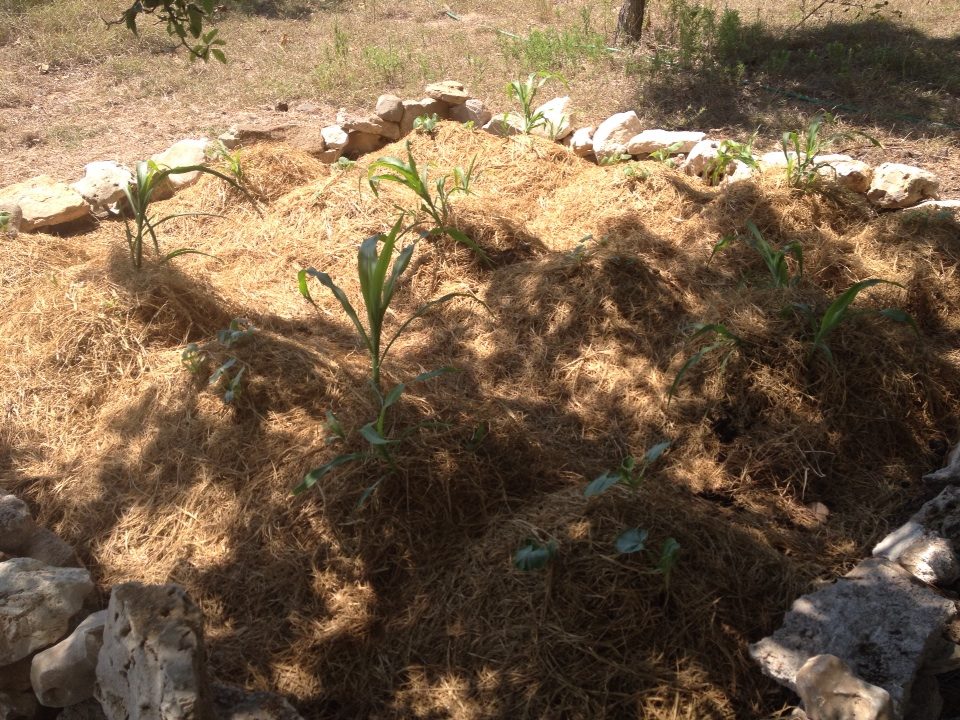“You’re going to what?”
I envision my trip to include bouncing around from couch to couch to hostel to hostel, but when I need to breathe, I’m hoping I can WWOOF. I spent a few weeks last summer “WWOOFing” in Pennsylavia, New Mexico and Texas (which you’ll read more about in later posts) and I’m itching to make WWOOF a part of my Europe adventure. There are tons of countries to choose from, so before I ask advice on where to WWOOF, I’ll answer the question….

a hike in Albuquerque, New Mexico. One of my first days at Sunflower River ended with watching the sunset here.
What is WWOOF?
WWOOF’s website sums it up pretty nicely: “WWOOF is an exchange – In return for volunteer help, WWOOF hosts offer food, accommodation and opportunities to learn about organic lifestyles.”
You buy a subscription for a year in the country/countries you want to WWOOF in. You make a profile, and you are then able to access the country’s list of hosts. The hosts will tell you where they live, what kind of help they need, your accommodations, and any other preferences they have. You email the farms you would like to WWOOF at, and if/when they respond you can set up dates to farm, etc. Last year I had the pleasure of WWOOFing at Pennypack Farm and Education Center in Fort Washington, Pennsylvania, Sunflower River and Purple Sage Ranch in New Mexico, and Cassiopeia Farm in Austin, Texas. I wouldn’t trade that summer for anything.
Why WWOOF?
1. The Work
Most WWOOF farms ask for 20-30 hours a week; in many cases, I worked from 6-12 every day before it got too hot and had the rest of the afternoon/evening to explore the surrounding area/city. Jobs vary, but mine included tending to gardens, preserving food (and learning how to make an amazing strawberry jam), building a chicken coop, a gate, and digging a swale. I got to use my hands, get down in the dirt, and learn new skills. Most communications jobs don’t need someone who can handle an excavator, but if they do, I got the job.

Pennypack Farm crew!
2. The People
The list of people I met through WWOOFing is too long to list: hosts, fellow WWOOFers, friends of the farm…but they all deserve a shoutout. WWOOFing is a team effort, and while I saw many similarities in how WWOOFers saw the world and their place in caring for it, I also learned a lot. My hosts were more than willing to tell you about cool places around town, introduce you to friends, and tell you their stories. Fellow WWOOFers and I went on hikes and went to concerts. I know I can reach out to many of these people in the future and I now have new friends in the Southwest.
3. The Expense
Free housing? Free food (some of which you grow yourself)? What more do I need to say?

the beginnings of a Three Sisters Garden in Austin, TX
4. The Earth
I slept in a tent in the middle of a lightning storm, spent weeks with soil under my fingernails, and hiked around the ruins from the Anasazi and Navajo tribes. WWOOFing is all about learning, and through WWOOF you learn a lot about caring for the Earth, and more important, how important taking on this responsibility is. I’ve never met anyone so excited about tomatoes, or anyone so compassionate for their chickens. Every day on the farm, every seedling sprouting into a vegetable, is a miracle. It was nice to be given that reminder.

Candy Kitchen, NM
5. The Choices
You can WWOOF in most countries, not only around Europe but also around the world. There are over 1800 in the United States alone. You can WWOOF at some farms for a few nights to a few months. You can bring your pets to some farms if you want, you can bring your kids to some farms if you want (my dad’s planning to WWOOF next fall…I might just have to come with). You can choose to farm a bus ride away from the city, or secluded in the country. So. Many. Options.
I have a subscription to WWOOF Ireland right now, and I’m debating WWOOFing in Greece, France, or Hungary. Give me your picks in the comments, and if you’re interested in WWOOF at all, feel free to ask me questions!
